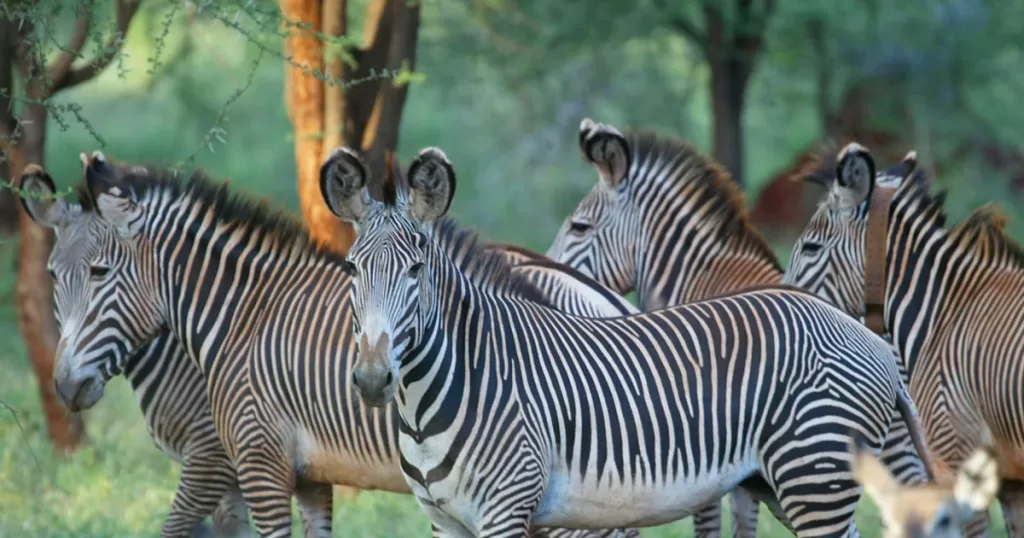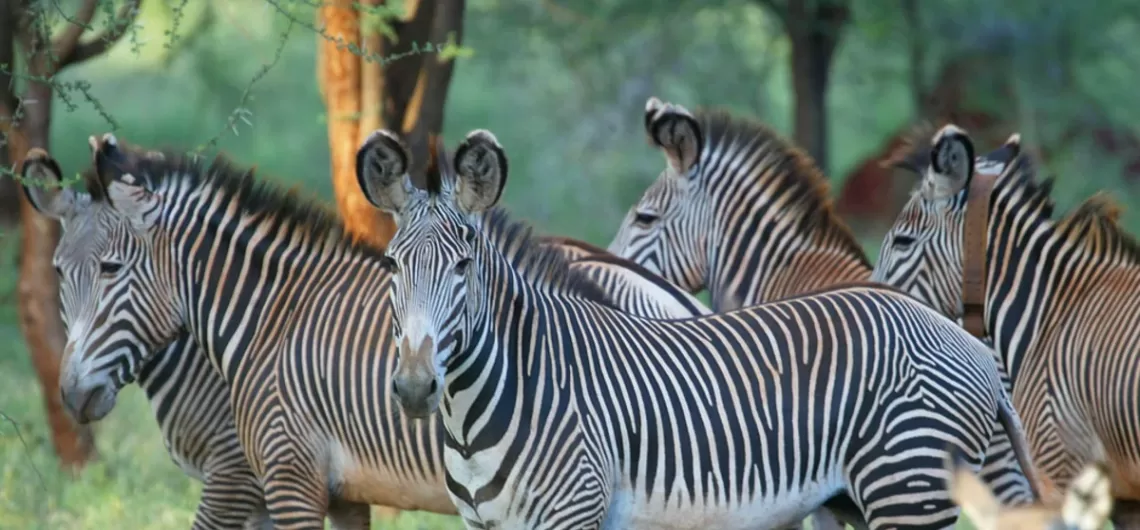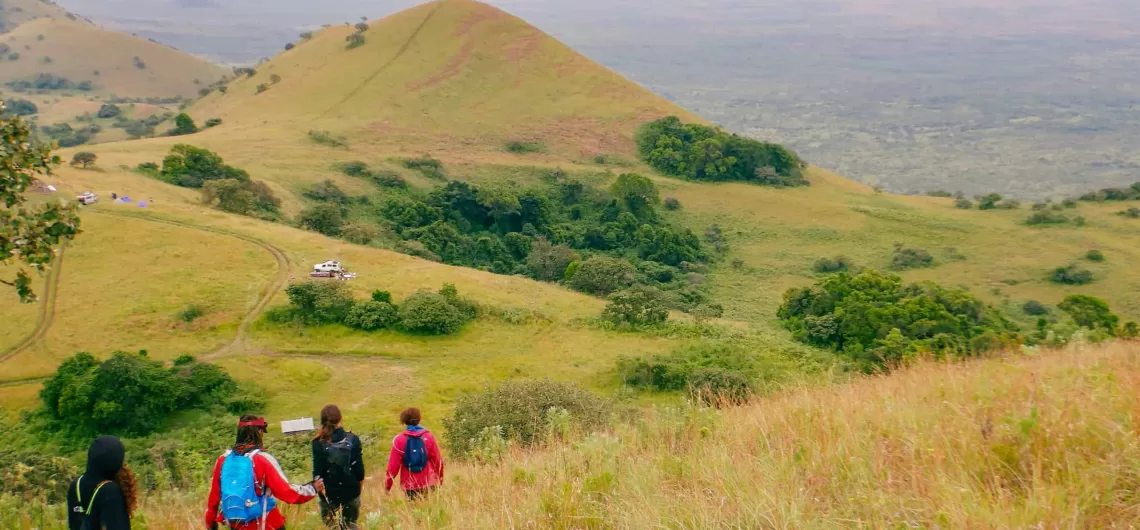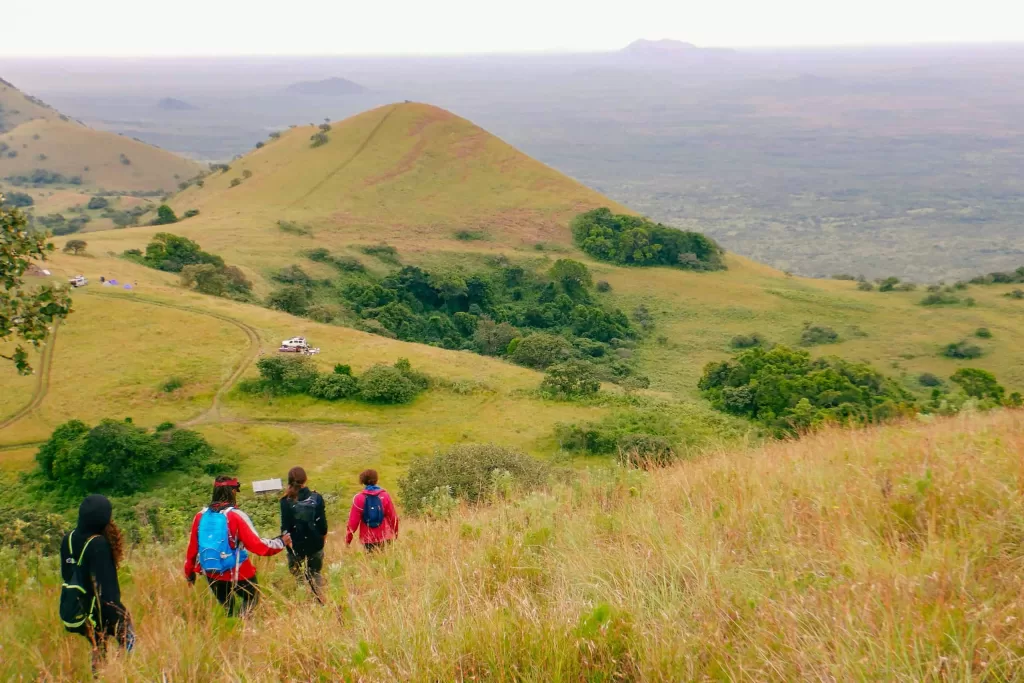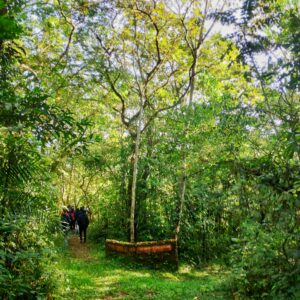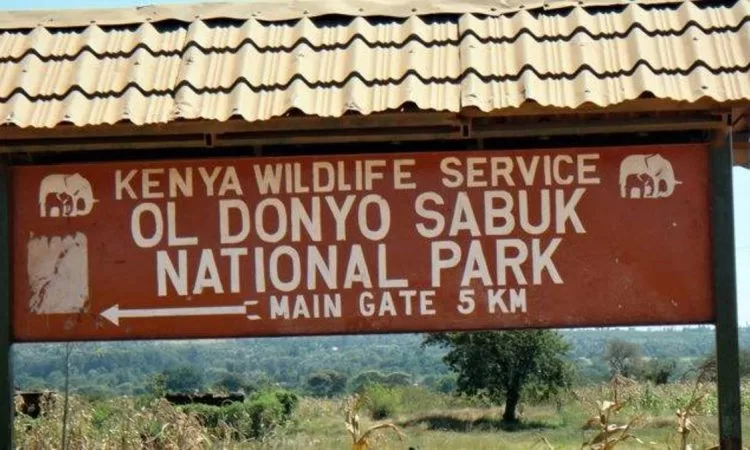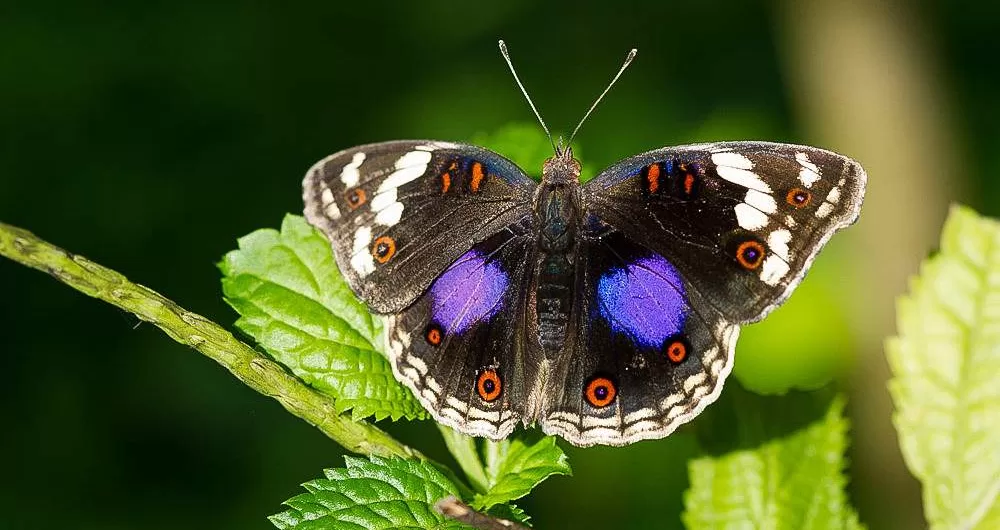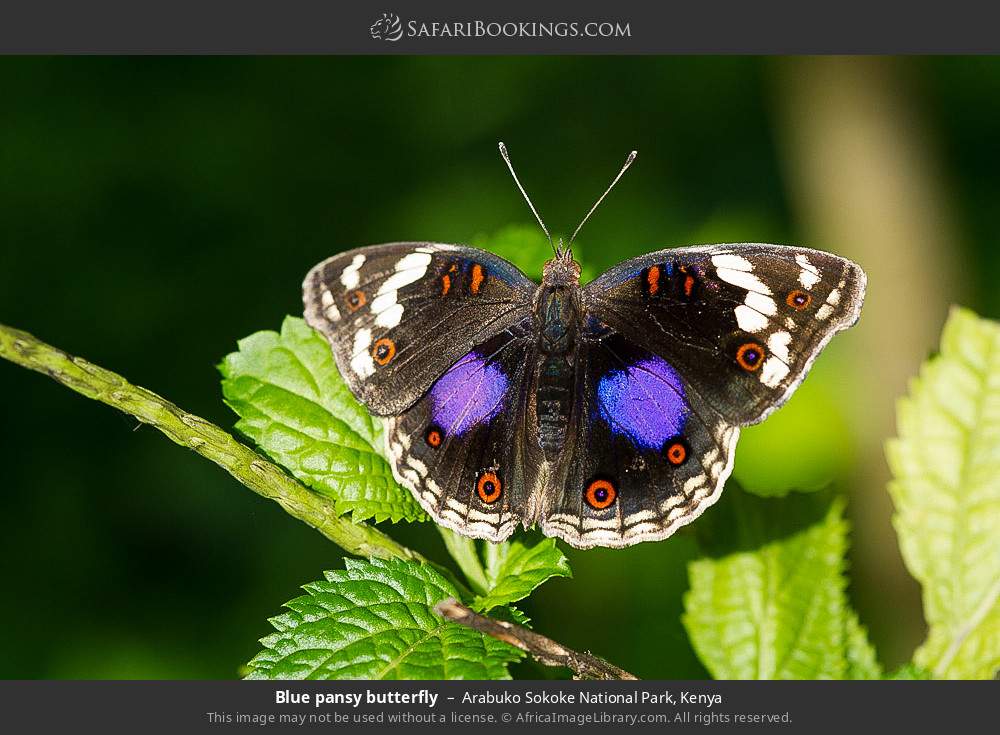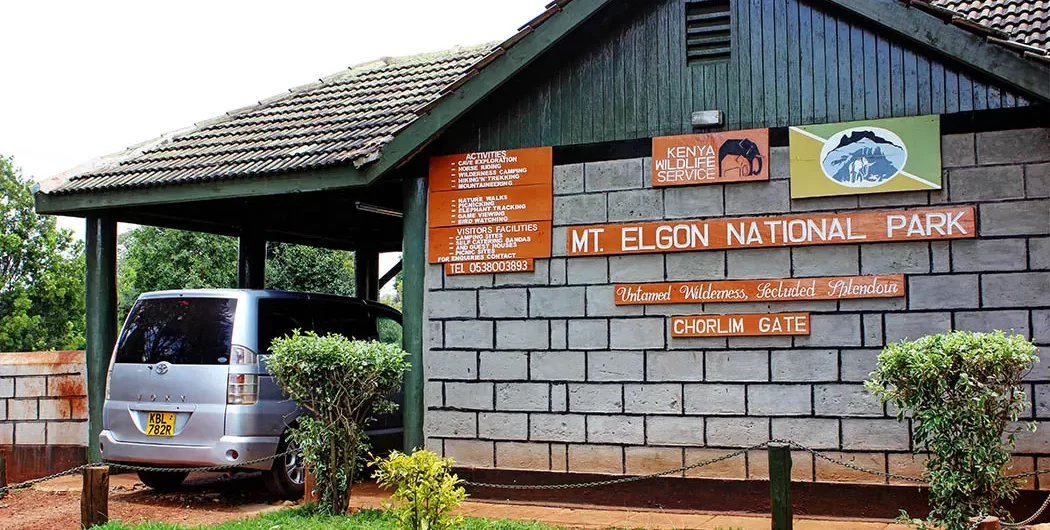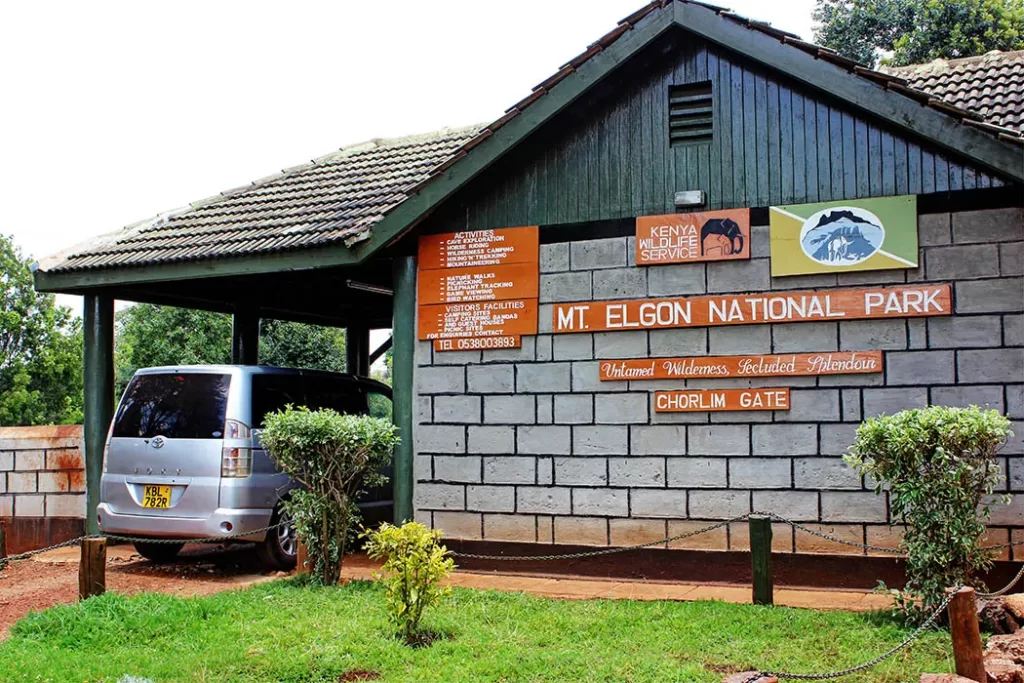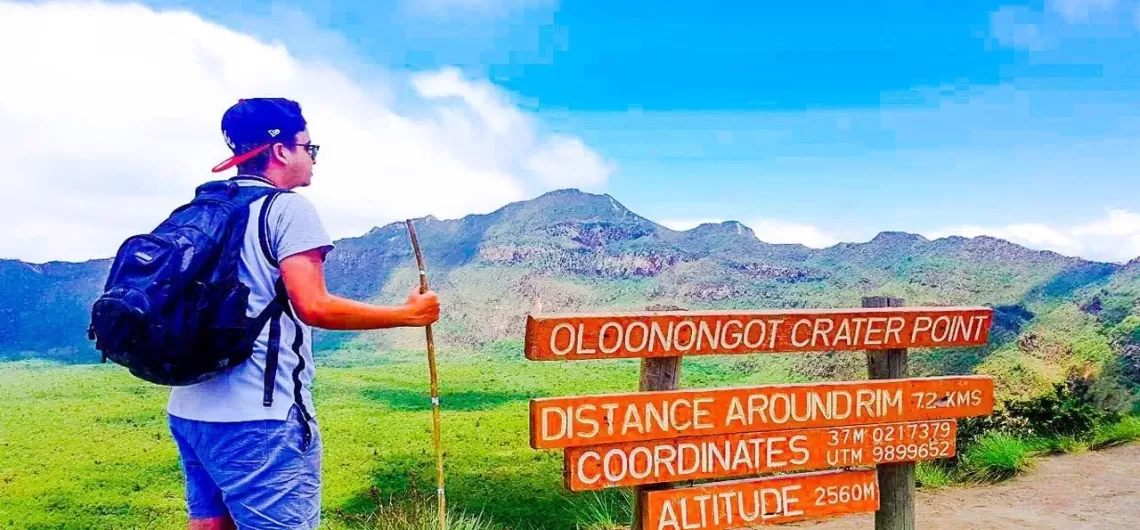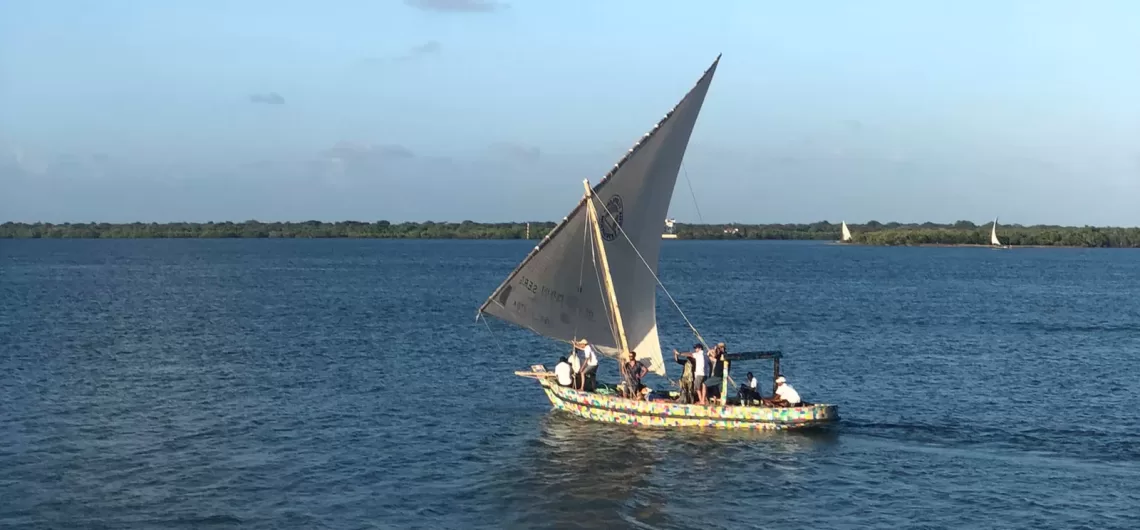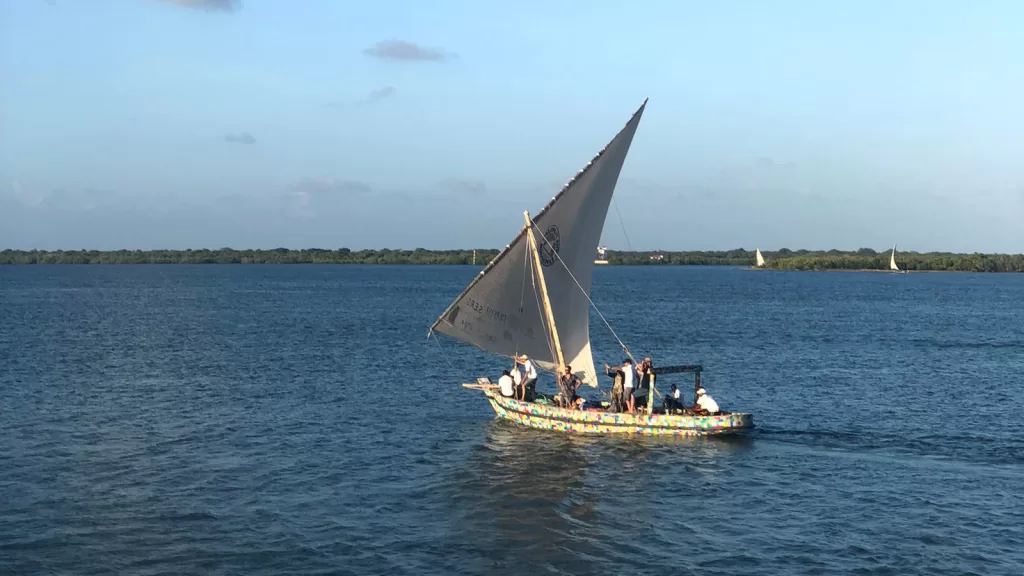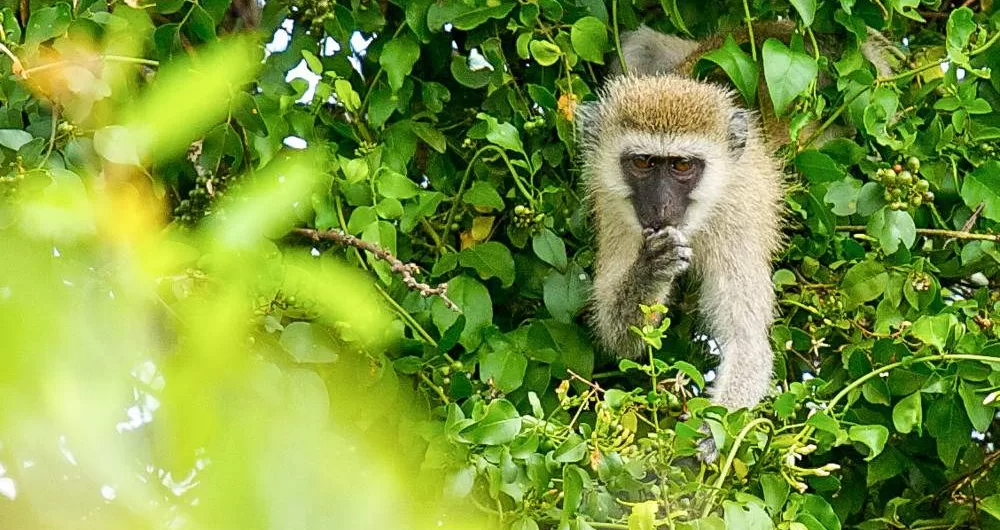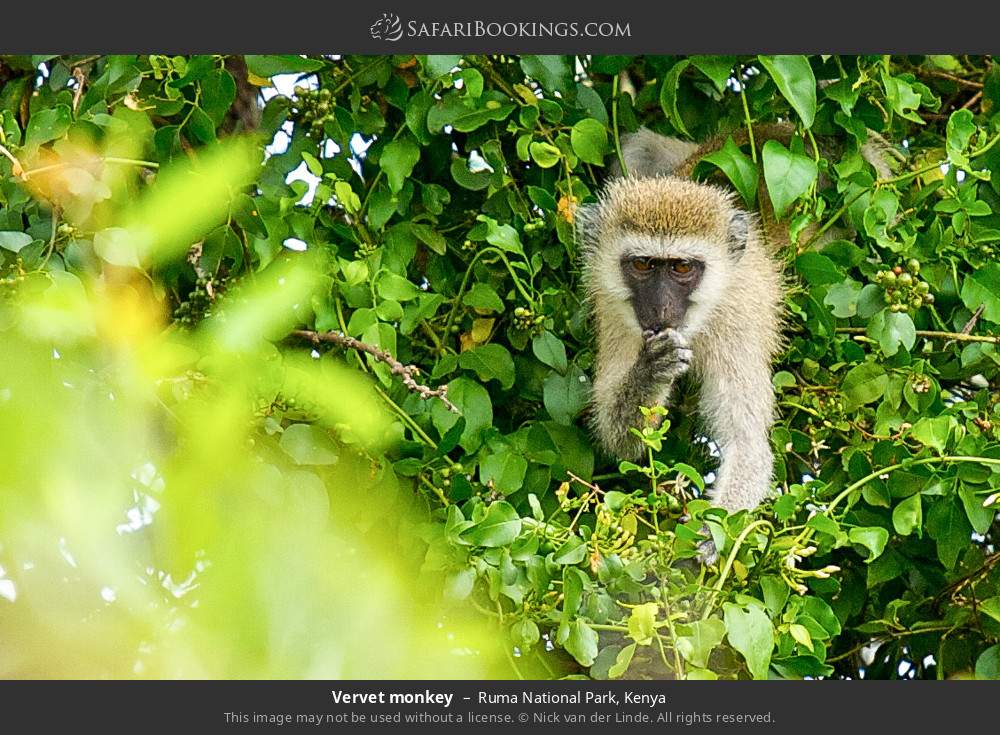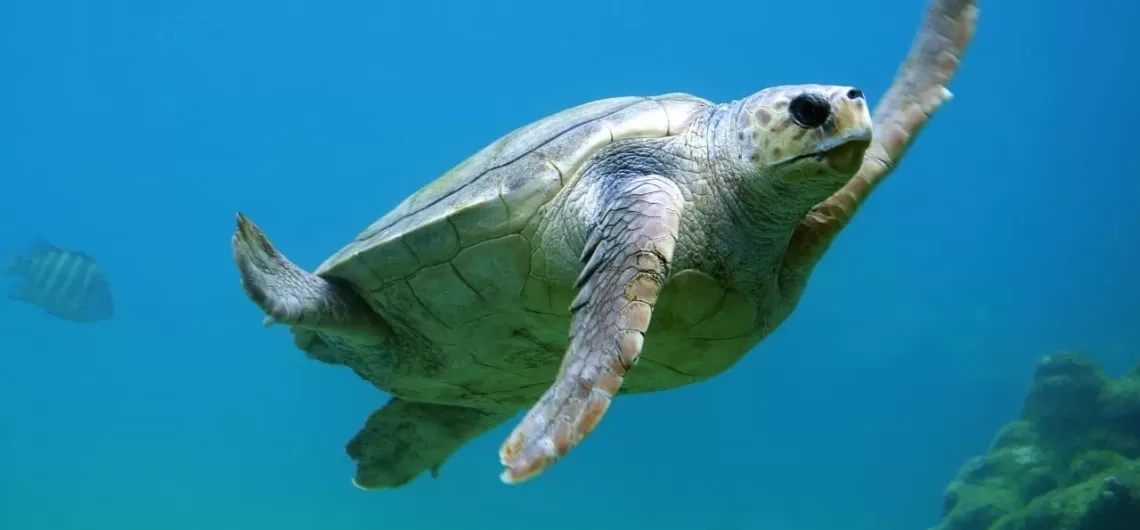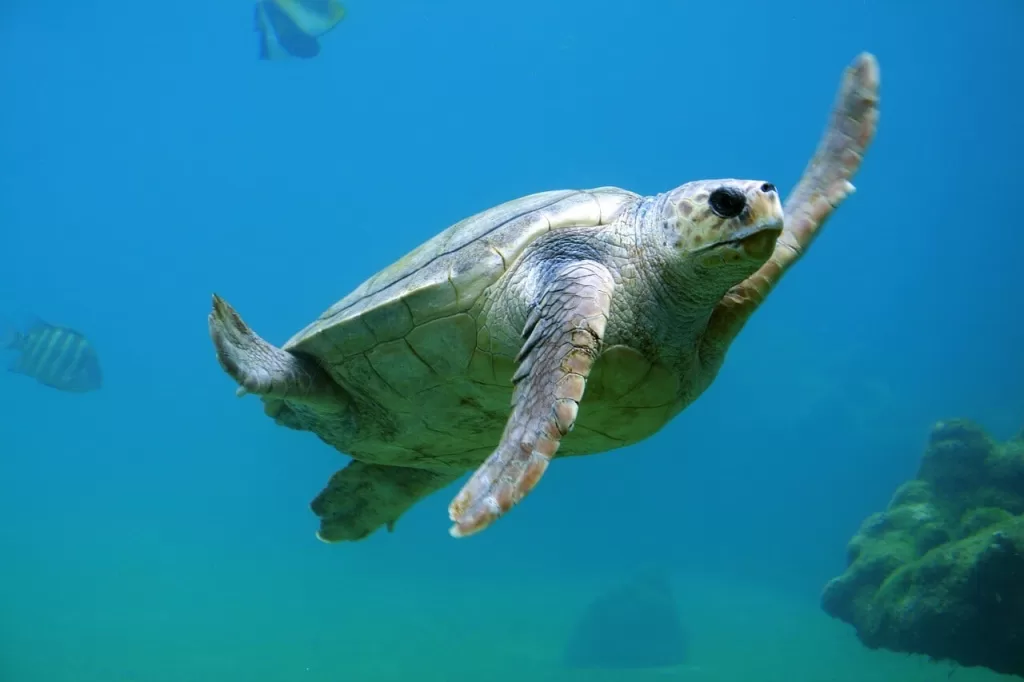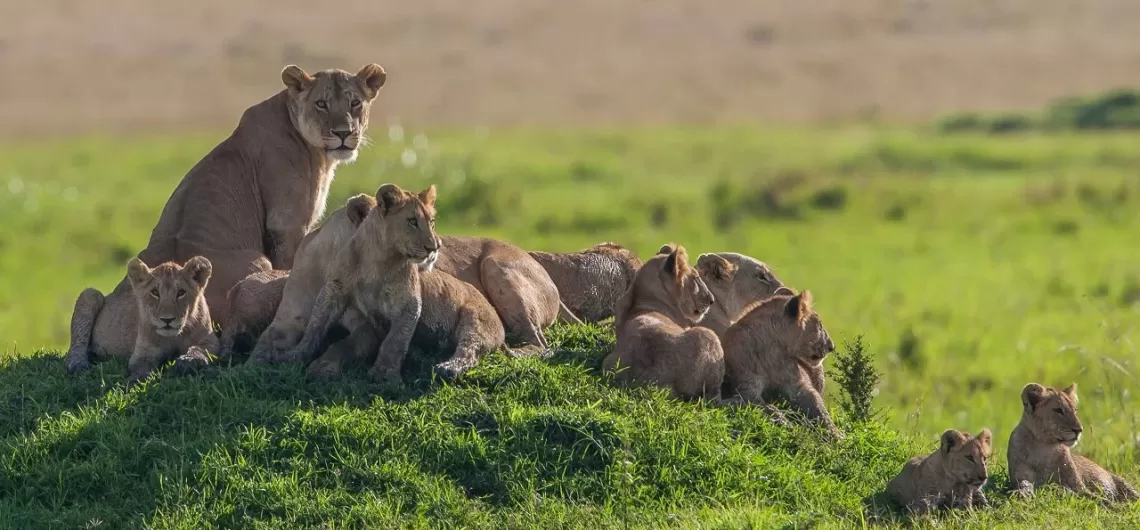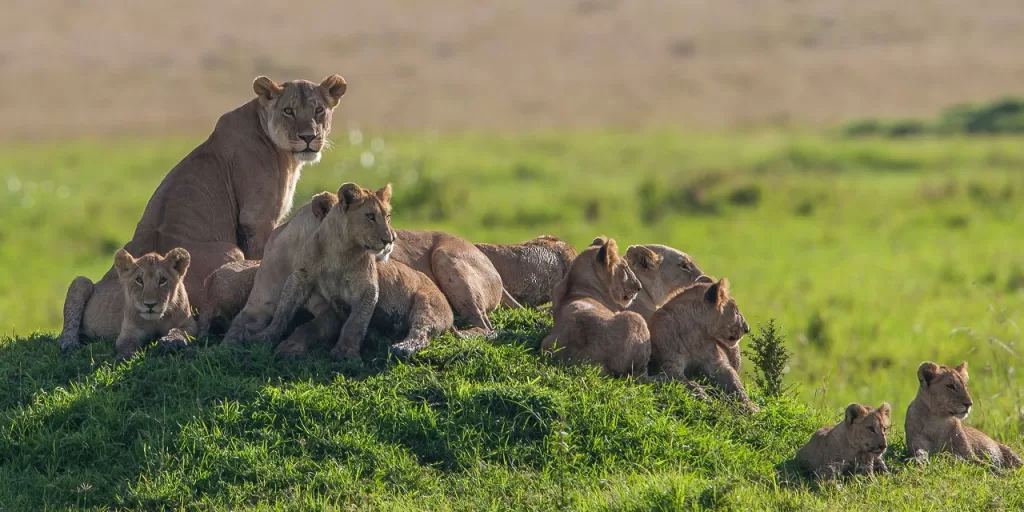About Malindi Marine National Park The Kenyan government established Malindi Marine National Park in the Indian Ocean off the coast of Kenya, and it is believed to be the oldest marine park in Africa. The park lies at Malindi, approximately 118 km north of Mombasa. And is blanketed and administered through the Kenya Wildlife Service. Along with Watamu Marine National Park, Malindi Marine Park is enclosed through the Malindi Marine National Reserve. How to Get There There are approaches to get to the park both via way of means of avenue or via way of means of air. Via way of means of the avenue the park is around 110 km from the north of Mombasa. In case you pick to move via way of means of air then the Malindi Airport may be your arrival point. Attractions Variety of unique fish, dolphins, coral reefs, sea turtles, clean sea beaches and warm water, magical islands, invertebrates, and much more. Activities Bird watching, camping, glass bottom boat trips, scuba diving, snorkeling, scenery, windsurfing, water skiing, and sunbathing among other great experiences. Snorkeling This is an active experience of a lifetime where you put on the right clothes and just take a boat and then get out on the water, swim, and explore Malindi's unique species. Ocean marine life On your go to Malindi marine countrywide park. You may have a risk to view and revel in stunning sea creatures together with Octopus, dolphins, super mega-celebrity fish, and zebra fish. In this interest, you may swim in water as a way to see deep sea turtles. Water sports activities One may be cabin a position to take part in water sports activities enjoy at the same time as at the go-to Malindi together with jet skiing. Bana boat rides many more. Best
About Malindi Marine National Park
The Kenyan government established Malindi Marine National Park in the Indian Ocean off the coast of Kenya, and it is believed to be the oldest marine park in Africa.
The park lies at Malindi, approximately 118 km north of Mombasa. And is blanketed and administered through the Kenya Wildlife Service. Along with Watamu Marine National Park, Malindi Marine Park is enclosed through the Malindi Marine National Reserve.
How to Get There
There are approaches to get to the park both via way of means of avenue or via way of means of air. Via way of means of the avenue the park is around 110 km from the north of Mombasa. In case you pick to move via way of means of air then the Malindi Airport may be your arrival point.
Attractions
Variety of unique fish, dolphins, coral reefs, sea turtles, clean sea beaches and warm water, magical islands, invertebrates, and much more.
Activities
Bird watching, camping, glass bottom boat trips, scuba diving, snorkeling, scenery, windsurfing, water skiing, and sunbathing among other great experiences.
Snorkeling
This is an active experience of a lifetime where you put on the right clothes and just take a boat and then get out on the water, swim, and explore Malindi’s unique species.
Ocean marine life
On your go to Malindi marine countrywide park. You may have a risk to view and revel in stunning sea creatures together with Octopus, dolphins, super mega-celebrity fish, and zebra fish. In this interest, you may swim in water as a way to see deep sea turtles.
Water sports activities
One may be cabin a position to take part in water sports activities enjoy at the same time as at the go-to Malindi together with jet skiing. Bana boat rides many more.
Best time to visit
Malindi National Marine Park enjoys warm temperatures all year round and is a fairly humid region. However, there is a separate wet and dry season. June to September and January to March are the ideal times to travel as this is the dry season. Brief rains occur in October and November but offer a respite from the scorching temperatures.
Accommodation
Inside the park, there may be no lodging. The outskirts of the covered vicinity have quite a number of seaside resorts, B&Bs, and beach self-catering villas.
Neighboring Malindi caters to quite a number of budgets and gives loads of lodging types, normally within 7 kilometers of the marine country-wide park.
Wildlife
The untouched regions of the marine park appear like real-lifestyle aquariums. Beneath the floor of the tropical waters, divers and snorkelers can count to discover prolific marine lifestyles that consist of sea urchins, starfish, tropical fish, barracuda, inexperienced sea turtles, beds of coral species, 9 coral fish families, whale sharks, and dolphins. Shorebirds are in abundance, specifically withinside the mudflats.
Popular shorebirds to identify are the sanderling, lesser sand plover, and curlew sandpiper. Birds near the mangroves and estuaries encompass the western reef heron and lesser crested tern. There are over 450 species of chook withinside the coastal vicinity and adjoining forests.
